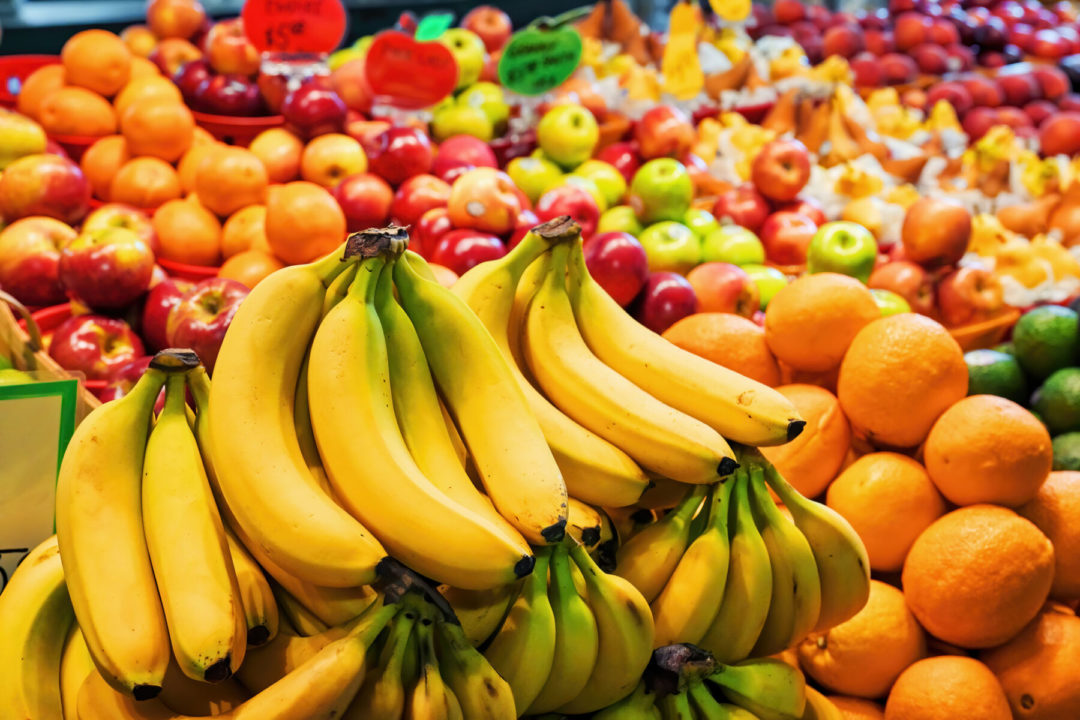A press release from OTA credits the growth to the COVID-19 pandemic, which caused consumer dollars to shift from restaurants and carry-out to groceries. Families eating three meals a day at home needed produce, and “organic’s reputation of being better for you and the planet positioned it for dramatic growth,” the press release states.
“The pandemic caused abrupt changes in all of our lives,” said Laura Batcha, CEO and Executive Director of the Organic Trade Association. “We’ve been eating at home with our families, and often cooking three meals a day. Good, healthy food has never been more important, and consumers have increasingly sought out the Organic label. Organic purchases have skyrocketed as shoppers choose high-quality organic to feed and nourish their families.”
Fresh organic produce sales led the way, rising by nearly 11% in 2020. Frozen and canned fruits and vegetables also jumped—frozen sales alone rose more than 28%. Total sales of organic fruits and vegetables—including fresh, frozen, canned, and dried products—were $20.4 billion.
Related: OTA Issues Statement on Biden’s USDA Pick 2020 Food Co-Op Impact Report Demonstrates Importance of “Local” During COVID-19 Replay: 43rd Annual Retailer Survey Webinar
People sought to stock their pantry with organic products, too. Sales of organic flours and baked goods grew by 30%; sales of sauces and spices pushed the condiments category to a growth rate of 31%, and organic spice sales alone rose 51%.Meat, poultry, and fish, the smallest of the organic categories, had the second highest growth rate, hitting nearly 25%.
The constraint in organic food was the same constraint shared by everyone in the industry—supply. Angela Jagiello, Director of Education & Insights for OTA, explained in the press release: “Across all the organic categories, growth was limited by supply, causing producers, distributors, retailers, and brands to wonder where numbers would have peaked if supply could have been met.” Packaging, too, was in short supply, making it hard to transport finished products.
The non-food sector maintained steady growth, with non-food products reaching $5.4 billion, up 8.5%, a slightly lower growth rate than the 9.2% reported in 2019. Sales here were driven by personal hygiene, hand sanitizers, and cleaning products. Organic household products saw record sales growth of 20%.
Textiles and fabrics, on the other hand, saw sales slow as stores closed, but it still managed to grow at a rate of 5%, less than half of 2019’s 12% growth rate.
Organic food sales are expected to continue to grow, albeit not at 2020’s rate. The press release states that OTA is anticipating that grocery industry will get a lasting lift from the pandemic for the foreseeable future, as consumers continue to cook more at home.
“We’ve seen a great many changes during the pandemic, and some of them are here to stay,” said Batcha. “What’s come out of COVID is a renewed awareness of the importance of maintaining our health, and the important role of nutritious food. For more and more consumers, that means organic. We’ll be eating in restaurants again, but many of us will also be eating and cooking more at home. We’ll see more organic everywhere—in the stores and on our plates.”
The survey was conducted from January-March 2021, produced on behalf of OTA by the Nutrition Business Journal. Nearly 200 companies completed a significant portion of the survey. The full reportcan be purchased here.










